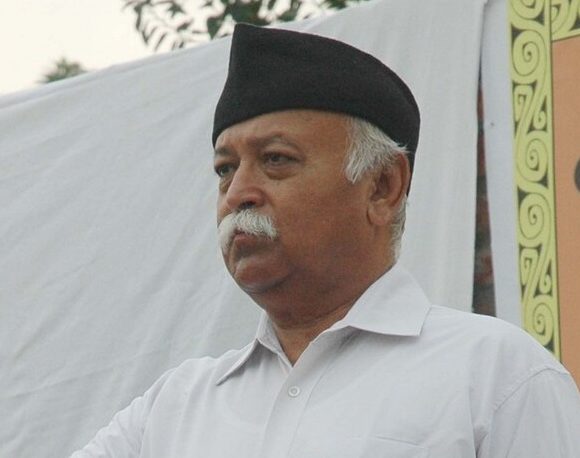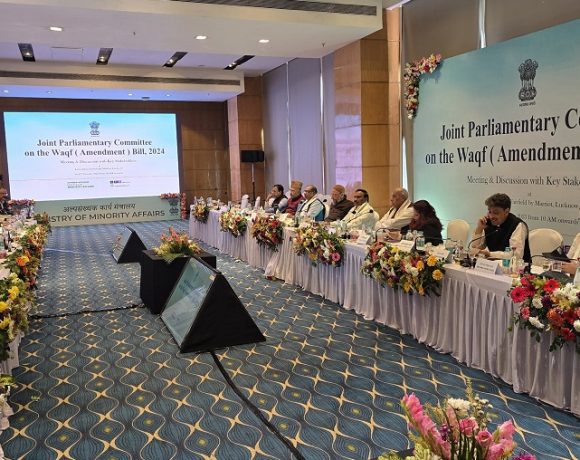
GTRE Clears Kaveri Engine Afterburner Upgrade for Tejas Testing
India’s Gas Turbine Research Establishment (GTRE), part of the Defence Research and Development Organisation (DRDO), has secured approval to integrate the Dry Kaveri engine with a newly developed afterburner onto an older Limited Series Production (LSP) variant of the LCA Tejas fighter jet. This marks a major milestone in India’s decades-long effort to build indigenous fighter jet engine capability. The upgraded engine will be installed on one of the LCA Tejas prototypes—likely PV-5 or PV-6—which were earlier used to test twin-seater variants of the aircraft.
While the Indian Air Force (IAF) has raised concerns about flight-testing the uncertified engine on a single-engine fighter platform, GTRE is proceeding with the LCA integration. The IAF prefers a twin-engine testbed or an unmanned system due to safety concerns. However, GTRE is betting on its past ground results and wants to validate the engine in real flight conditions as part of its roadmap to integrate the Kaveri into future combat aircraft.
Kaveri Engine Upgrades with Afterburner
The Dry Kaveri engine, originally designed for unmanned systems such as the Ghatak stealth UCAV, has undergone significant enhancements. It has already achieved 49–50 kN of thrust in dry configuration, surpassing the original target of 46 kN. With the integration of a new afterburner module, GTRE expects thrust levels to reach 80 kN, and eventually up to 83–85 kN under the upcoming Kaveri 2.0 configuration. This enhanced performance would make the engine a potential replacement for the General Electric F404-IN20 engines currently used in Tejas Mk1A fighters.
If successful, the afterburning Kaveri could offer India a domestically manufactured alternative for its fighter fleet, reducing reliance on foreign powerplants and giving a boost to the “Make in India” initiative in the aerospace sector.
Final Certification Timeline and Russian Testing
The Kaveri engine is also set for advanced testing in Russia, where it will undergo high-altitude validation and flight tests on a Flying Test Bed (FTB)—a modified Ilyushin Il-76 aircraft where the Kaveri replaces one of its original engines. These tests are scheduled to begin in September 2025 at the Gromov Flight Research Institute. Previous tests in 2022 and 2023 demonstrated thrust levels of 48.5 kN at altitude, further reinforcing the engine’s readiness.
The engine’s final certification is targeted for 2032, although limited series production could begin as early as 2025–26. For now, the Dry Kaveri will continue to be earmarked for the Ghatak UCAV, but if the afterburner performs successfully in LCA trials, the door opens for integration into manned fighter platforms as well.
India’s journey toward indigenous jet engine capability is far from over, but with the Kaveri program finally taking flight testing seriously and targeting operational performance benchmarks, it may soon cross a critical threshold in strategic aerospace self-reliance.


















